Nothing Phone (3) review: in the big league
Nothing is swimming in different waters with its latest phone

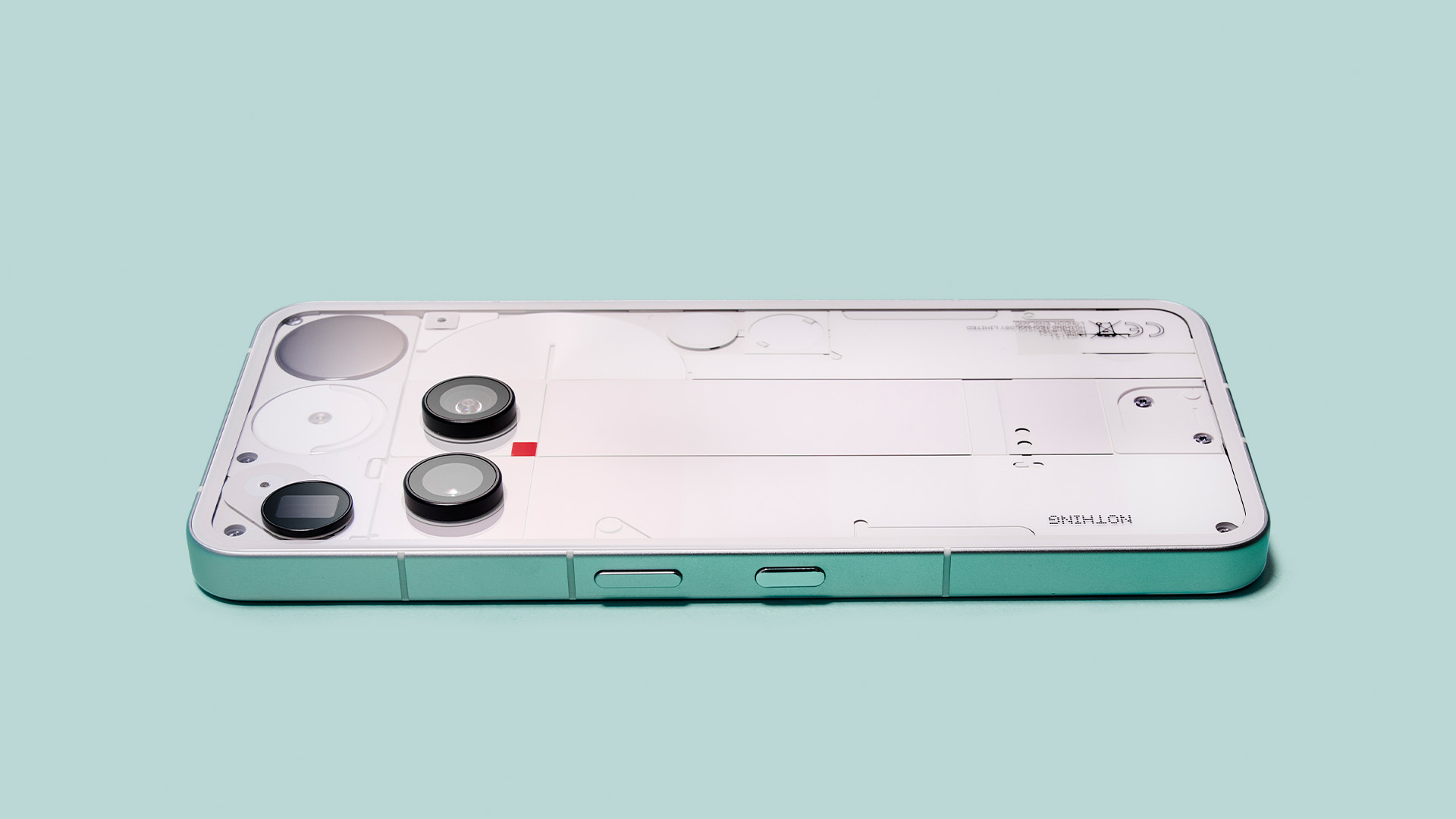
Nothing's first flagship is a solid effort, with some obvious unique touches – but whether it represents a better deal than the likes of Samsung or Apple is another matter. The Phone (3) will likely delight fans of the brand, but I'd argue something's been lost in the jump to a higher price point.
-
+
Proper specs bump
-
+
Competitive display
-
+
Glyph Matrix fun
-
+
Ace battery life
-
-
Price no longer looks a steal
-
-
Cameras aren't top-level
-
-
Still a sub-flagship chip
-
-
Design will still divide
Why you can trust T3

Nothing will always have known that it was making a big play with the Phone (3), aiming to take its growing brand from a budget-friendly undercutter to a real contender in the flagship market among the best phones. That word, 'flagship', has attracted plenty of attention, too, since Nothing claims this is the first phone it has made in the category.
To be clear, it's not competing against the likes of the iPhone 16 Pro or the Samsung Galaxy S25 Ultra. Rather, it's aimed at the standard iPhone 16 and Samsung Galaxy S25, as its price makes clear. Whether it truly competes with those phones toe-to-toe might come down to your attitude and how much you value unique design touches.
Nothing Phone 3: Price & Availability
Nothing unveiled the Phone (3) in early July, and it's now available to order directly from Nothing, as well as through a few partners like EE, 3 and Vodafone here in the UK. It's available in the US, too, as part of Nothing's push to become more global.
That brings us to its pricing, which comes in at £799, $799 or €799 for its standard model (with 256GB of storage and 12GB of RAM). For those who want more, you can go up to £899, $899 or €899 for 512GB of storage and 16GB of RAM.
Nothing Phone (3) review: Design
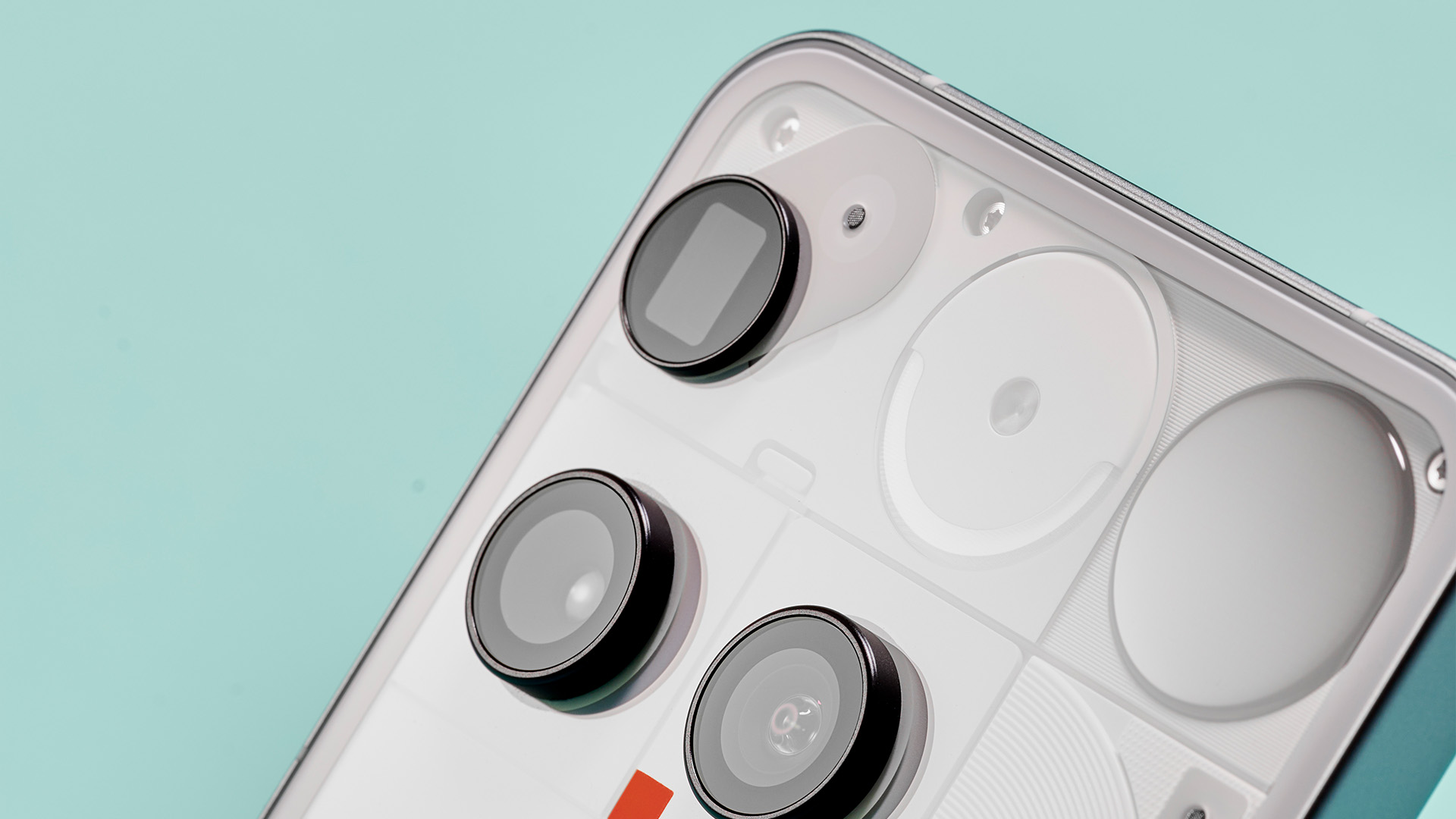
Nothing has made its entire brand out of unique and distinctive design decisions, and there's no doubt that it's continued that strategy with the Phone (3). From the front, this is a fairly typical Android phone, with an all-screen panel and a cut-out selfie camera.
Turn the phone on its face, though, and its back is a totally different story, full of intricately layered elements of internal parts and visuals. The most eye-catching section falls at the top of the phone, where three camera sensors are arrayed non-symmetrically, along with an LED flash and the all-new Glyph Matrix screen.
Under one of these camera sensors is the now-trademark red square that has featured on other Nothing phones historically. For the first time, however, it's functional – as it now lights up and blinks red while you're recording video, which is a delightful and playful touch.
Get all the latest news, reviews, deals and buying guides on gorgeous tech, home and active products from the T3 experts
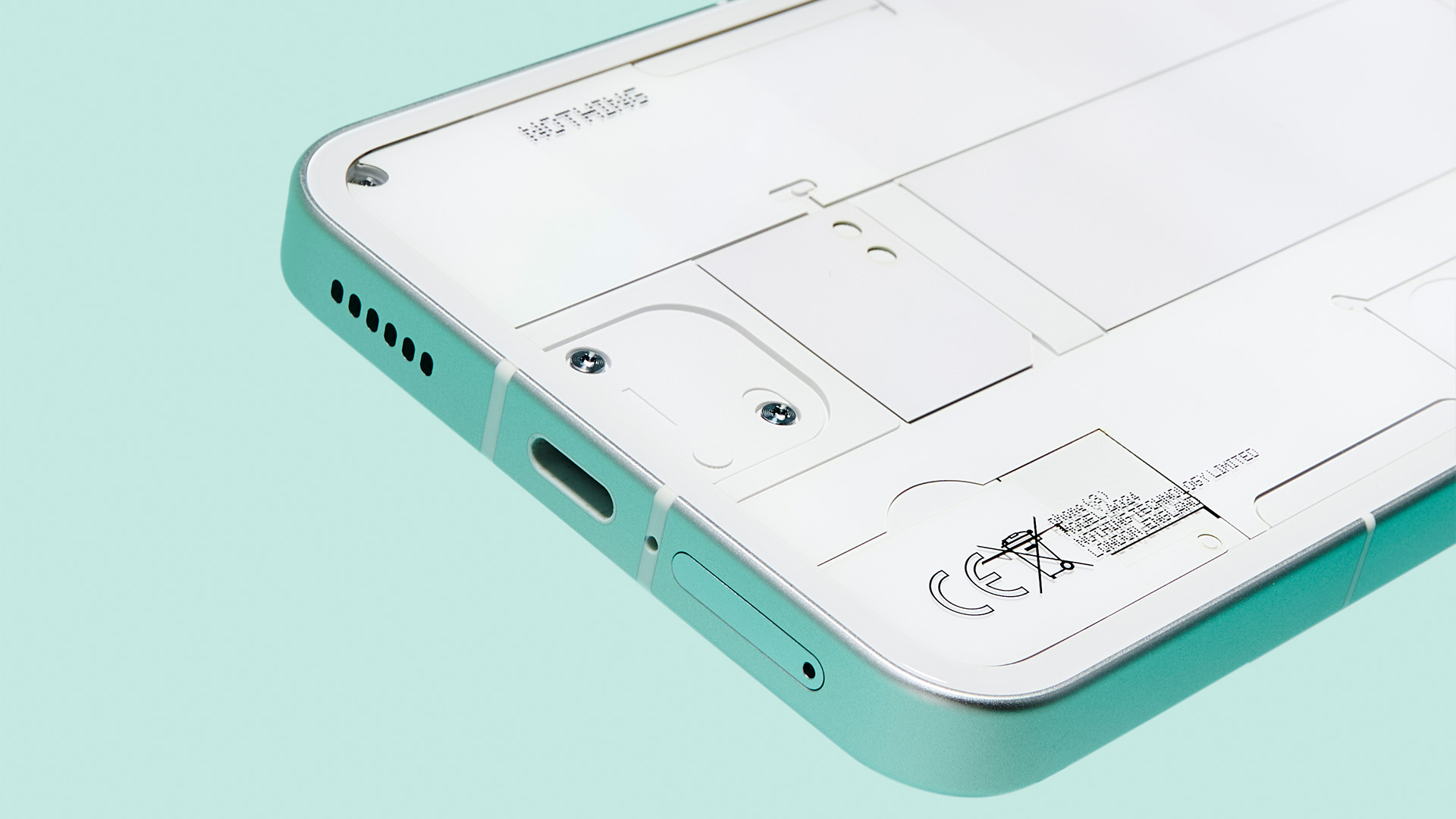
Midway down the phone, there's a very subtle pair of circles on the right-hand side, and the top of these is actually a hidden button that controls the Glyph Matrix (which I'll return to in more detail later). Finally, the bottom houses some text, including the Nothing logo, along with a look at the screws that hide the USB-C charging port.
On one edge of the phone's aluminium rail, you'll find a power button and a shortcut for Essential Space, the notes and memory hub that Nothing launched earlier this year. The other side has volume keys.
So, on to the Glyph Matrix. Gone is the array of LED light strips that splashed around the back of the Phone (1) and Phone (2), replaced with a circular display of individual LEDs at the top-right of the Phone (3)'s back. Nothing says it's much more functional, and I see its point.
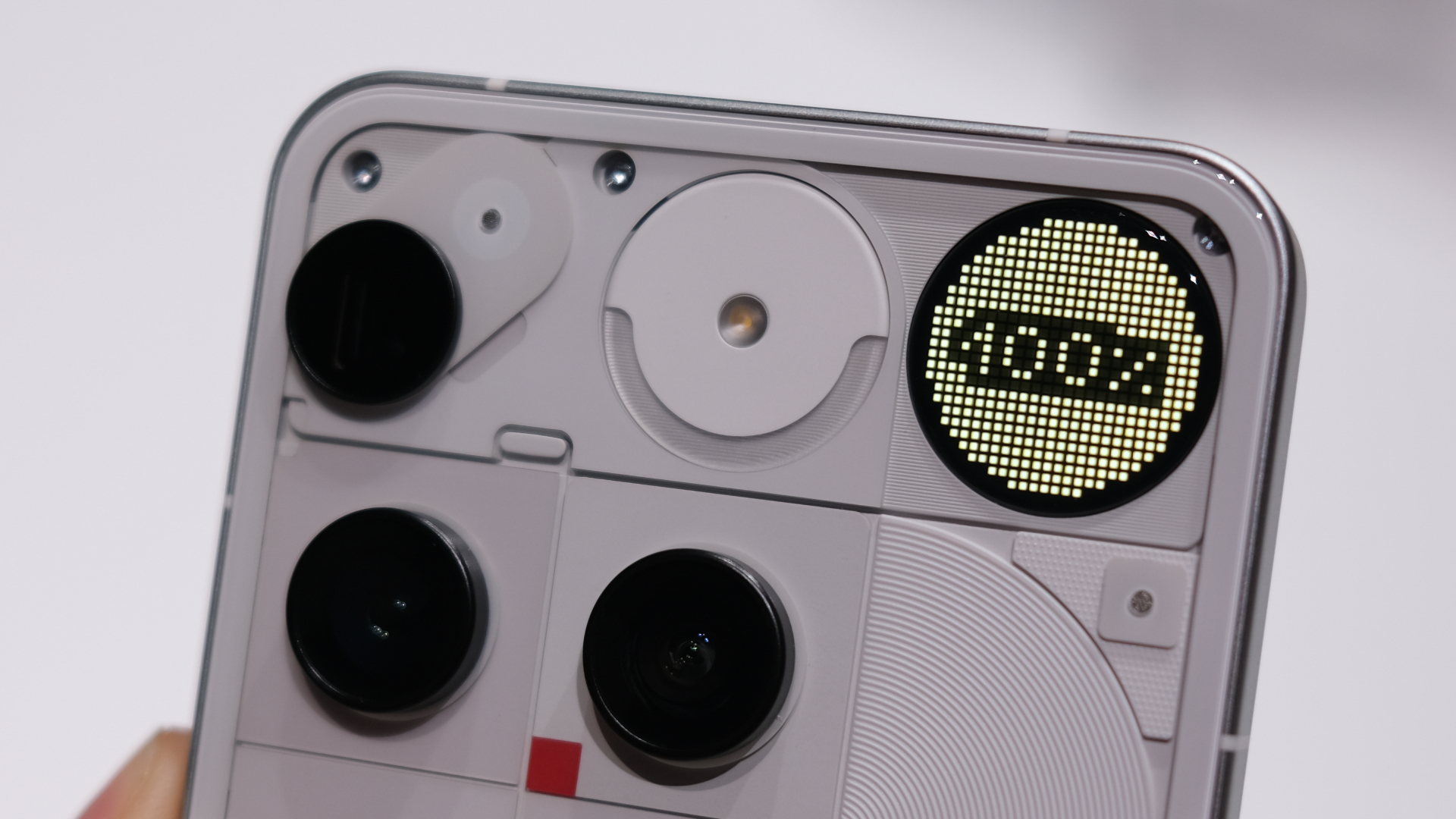
Where the old Glyph system meant you had to memorise patterns and flickers of your lights, now you can get way more detailed with your notifications. You could have the little display show a heart when your partner calls or texts, for example, or the first letter of their name.
It can also house a variety of widgets, from the clock to a battery percentage indicator, and even some largely pointless games (like spin the bottle). Some of these are simply tech demos, but the broad concept is one I like – put your phone face down, but with just enough of a display that you actually need to pick it up even less once it's down.
So, what to make of the whole? Well, in the white version I tested (there's a dark grey one that's a lot less 'shouty' looking), I'm pretty torn. I like different – and I liked the Heaphone (1) for that reason (plus its array of hugely practical, well-thought-out controls). Still, a lot of people who saw me use the Phone (3) said it looked various descriptions of 'crazy' – and clearly that's not always meant as a positive.
If I sound noncommittal, I feel somewhat noncommittal – in some lights, at some times, I like the Phone (3)'s look a lot. At others, though, I catch myself overlooking the Glyph Matrix and resenting the phone's lack of symmetry. Put it this way: it's distinctive, and whether its design is a positive or negative is probably down to your taste.
Nothing Phone (3) review: Specs & Features
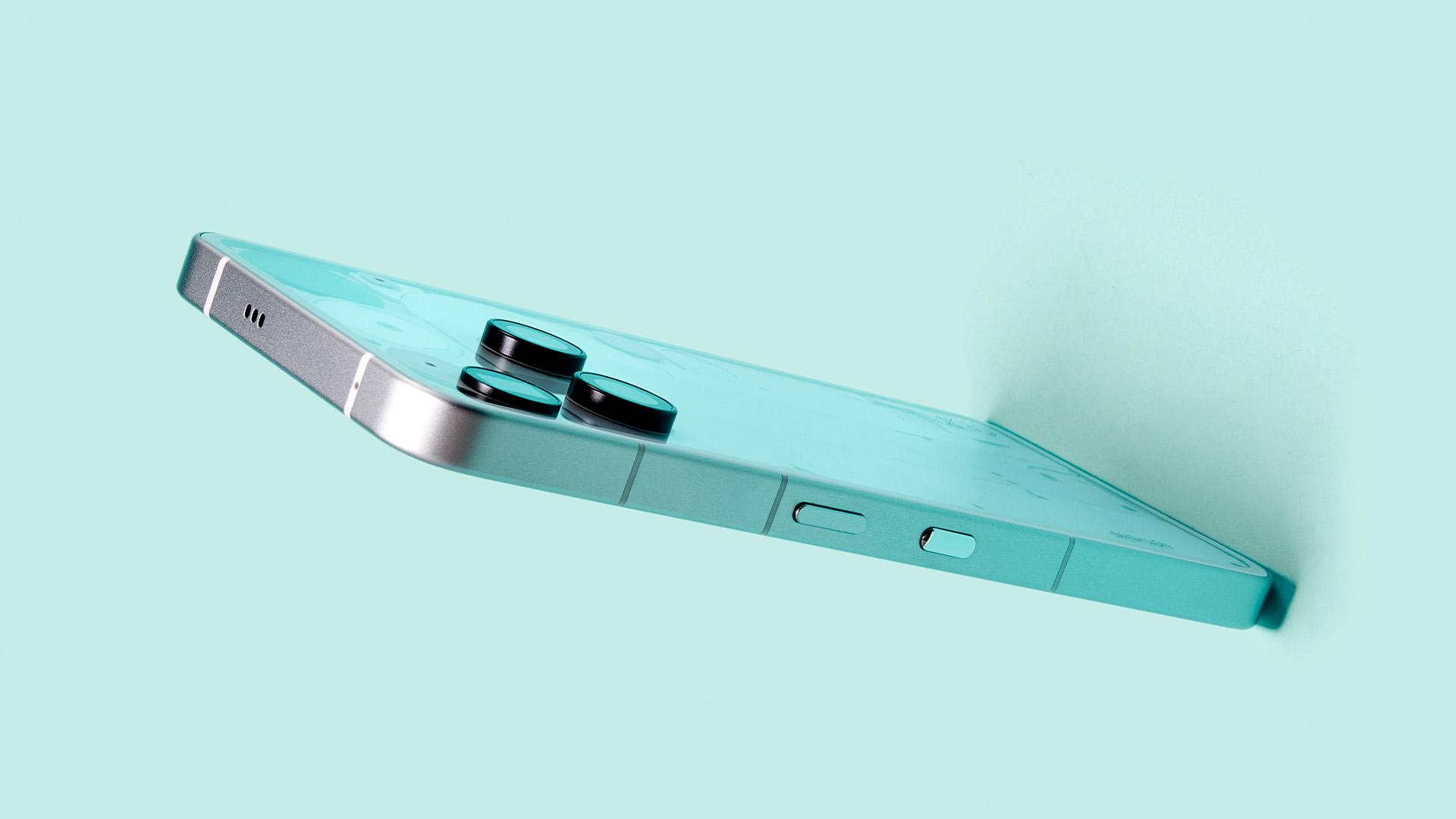
There's one huge headline spec to be aware of if you're into your phones – the all-important chipset at the heart of the Phone (3). Rather than anything ending in that telltale 'Elite' label, Nothing has gone for the Snapdragon 8s Gen 4 chip (note the 's', meaning it's not top-tier). It's powerful enough to run a phone like this quite happily, but equally features in a few other Android handsets that are considerably cheaper.
The phone's display is a 6.7-inch OLED with a refresh rate cap of 120Hz, capable of HDR10+ high dynamic range, and with a very impressive peak brightness of 4500 nits. It's 1260 x 2800 in resolution, and therefore pretty pin-sharp.
The Phone (3) runs Nothing OS 3.5, based on Android 15, but will get a 4.0 upgrade later in 2025, plus five major Android version upgrades in total. There's an under-display fingerprint reader and the option of facial recognition for unlocking your phone and authenticating payments.
On the camera front, all four sensors are 50-megapixels, including the selfie camera cut-out. The back features a 50MP main shooter, a new periscope telephoto lens with 3x optical zoom, and an ultrawide, too. It can shoot 4K 60fps video, if you're keen to take plenty of video.
Finally, the phone offers 65W wired fast-charging and 15W wireless charging, both of which now feel relatively standard in the Android world. The built-in battery comes in at 5150mAh in most territories, although it's actually unlocked to its full 5500mAh in India, thanks to different regulations.
Nothing Phone (3) review: Performance
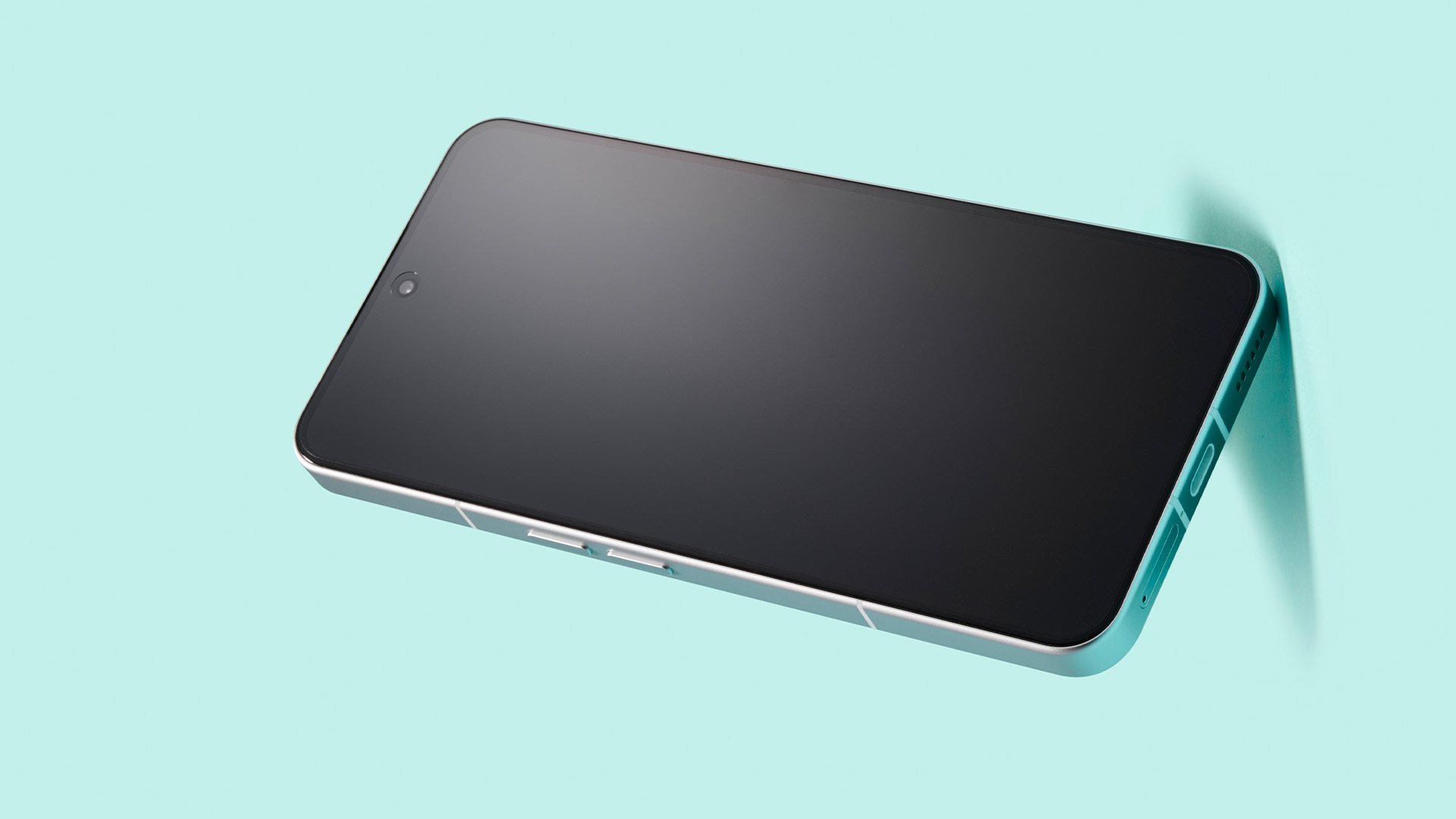
So, how does that specs list actually hold up when you use the Phone (3) for a fortnight, as I've done for this review?
Well, that's a big question, not least when you consider the technically sub-flagship chipset powering the whole thing. In reality, I can't say I noticed any performance hitches at all in two weeks of regular use – with the caveat that I'm not a mobile gamer.
Stretching your phone with modern games on top settings (your Genshin Impact and Fortnite titles) might make you feel the differential between a truly cutting-edge altertnative, but if you're more in the bracket of web browsing, a bit of photography, and social apps, you'll find the Nothing Phone (3) zippy and capable.
That makes the question of its chip more like one of principles – while most people won't notice the difference between the Snapdragon 8s Gen 4 and a more powerful alternative, at this price, they're nonetheless arguably entitled to get a better chip. It'll also remain an open question as the phone ages; a more powerful chip at launch is a chip that'll last longer before it starts to become a bottleneck.
Still, I can be more unequivocal about the Phone (3)'s battery life, which I found to be excellent. I routinely got through two days of light use without an overnight charge between them, and on a day with more intense drain, whether from Google Maps, a lot of YouTube, or anything else, I never got into the danger zone where a top-up was needed.
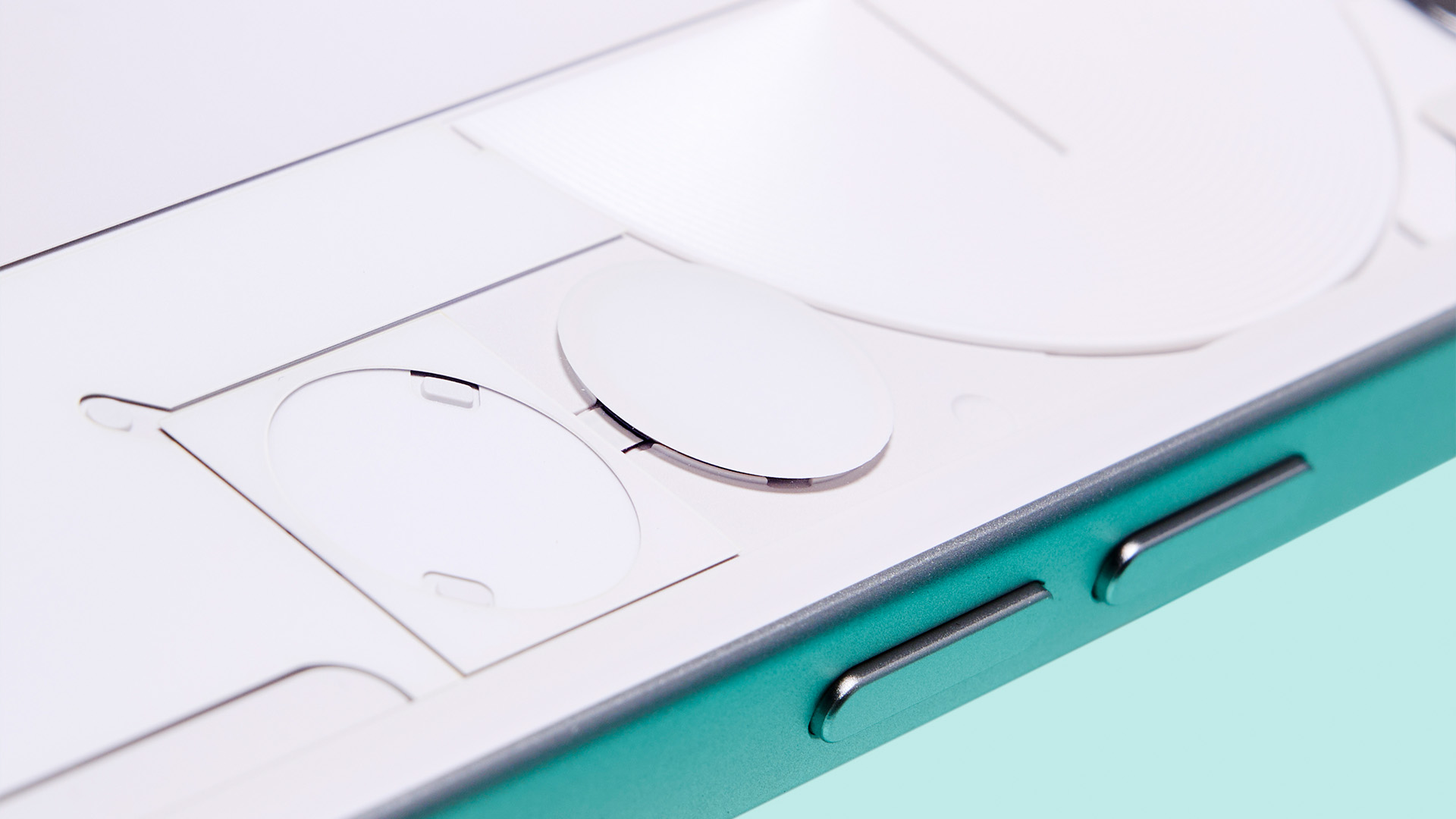
That bleeds into the software experience, which, even as a long-time Android dabbler who daily drives an iPhone, I found impressive. Nothing's interpretation of Android doesn't add a heap of bloat like so many other brands, and its versions of key apps look great, really adding to the sense that you're buying a unique phone.
I'm not totally won over by the AI hold-all that is Essential Space, and giving it a dedicated button seems a bit much to me. For those who do want to make it their modern-day Filofax, though, it's a slick option that's getting more powerful all the time.
What I really liked was the new AI-powered Essential Search, which basically gives you a spotlight search bar when you swipe up on your home screen. It's far more powerful than normal search, including the ability to complete tasks and fetch AI responses for you, and feels like a great advert for how low-key background AI features can level phones up.
Nothing Phone (3) review: Cameras
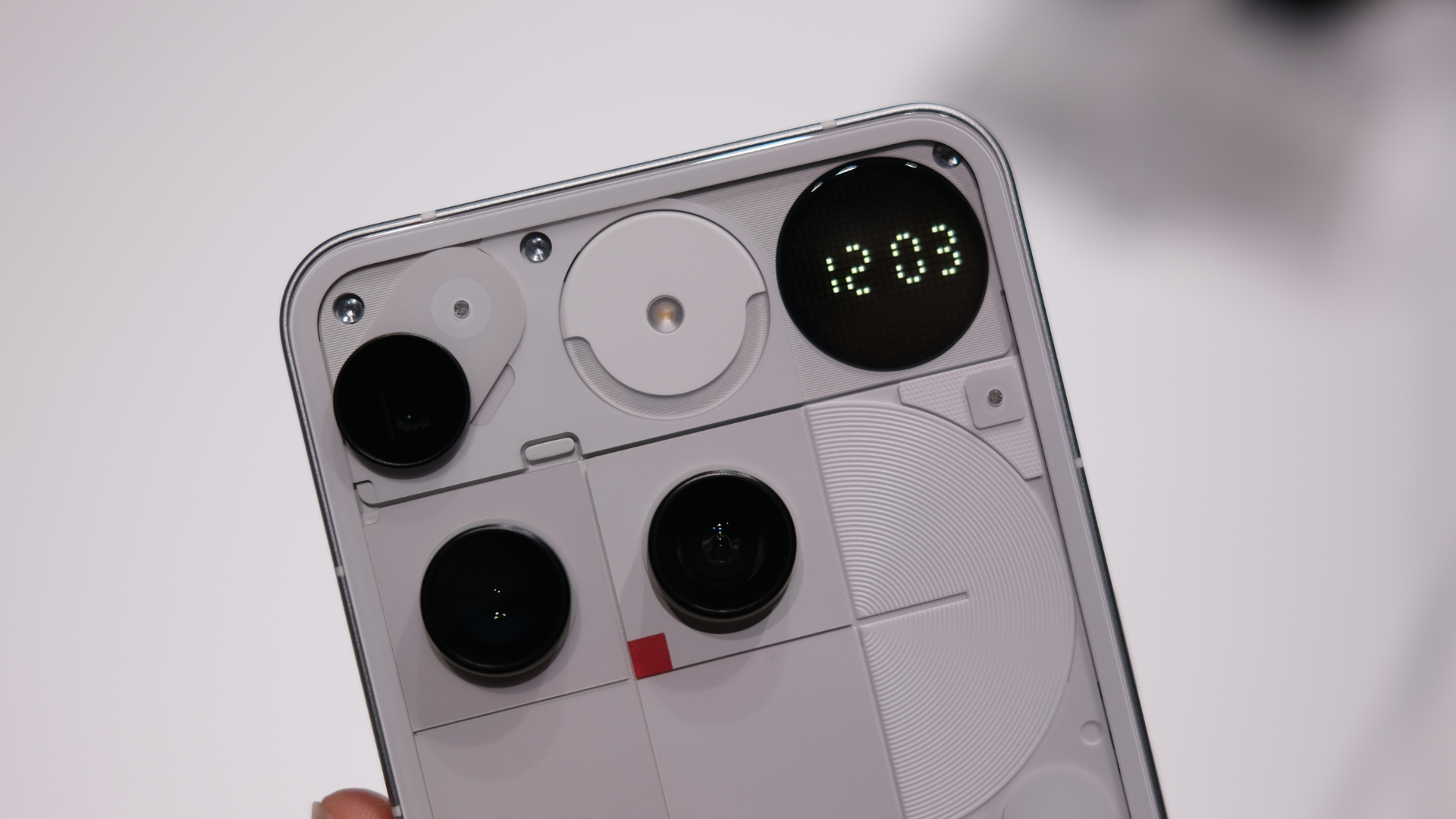
When Nothing first announced it was making a flagship, though, many observers knew that its camera game would need to improve to merit a price hike. So, how do those three 50MP shooters fare?
Well, the answer is mixed. For this price, I don't really have complaints about the overall quality of their images – in standard lighting, indoors and outdoors, the performance is pretty solid, whether you're using the main lens or zooming in with the periscope. Detail is decent and holds up even when zoomed in.
However, the intangibles of colour science let Nothing down a little. Samsung, Apple and others have been making cameras at this price for ages, and the images their devices spit out just have a little something more about them: Apple's are more natural and true to life; Samsung's are sharper; while Google's are more vivid.







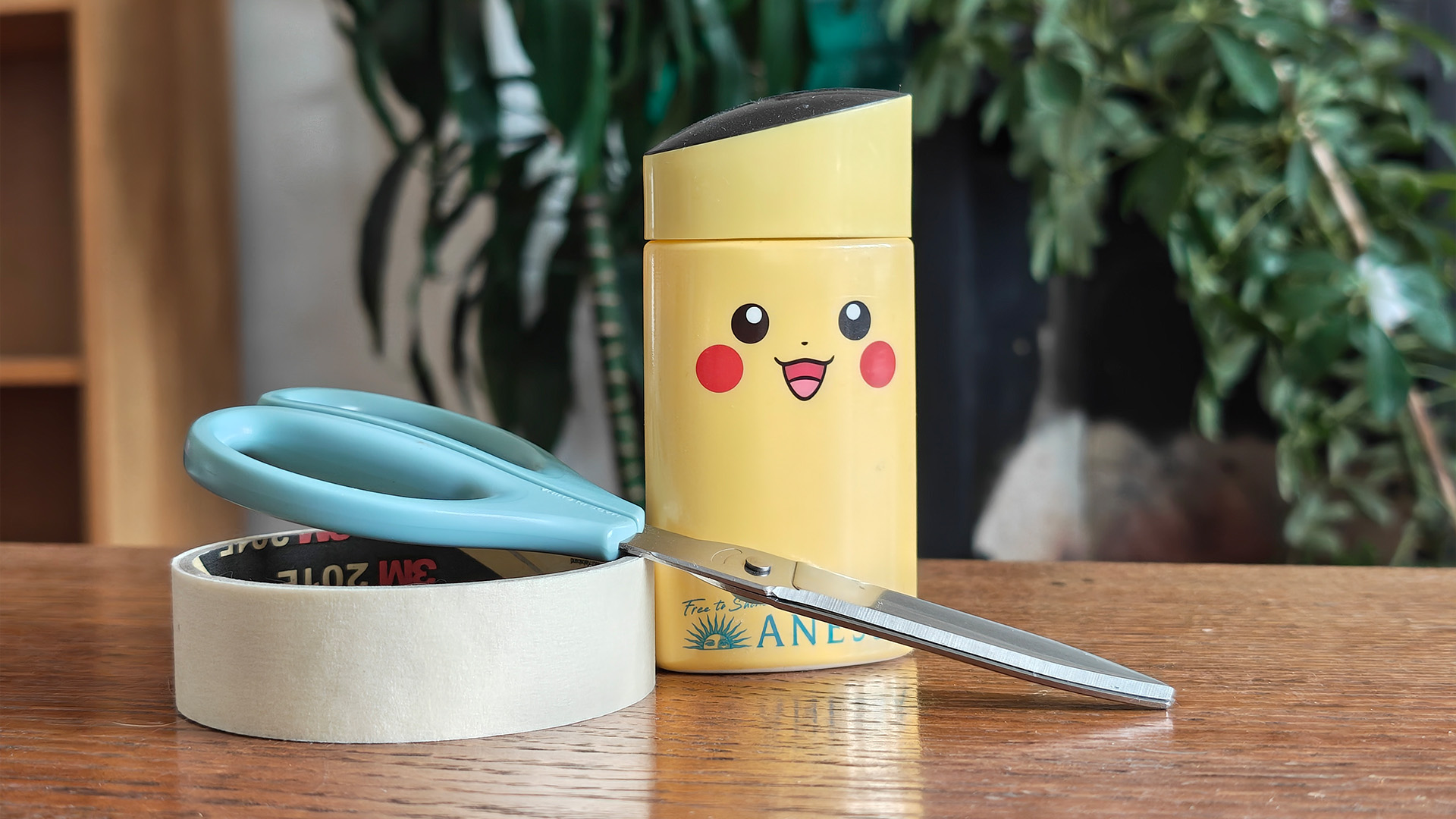
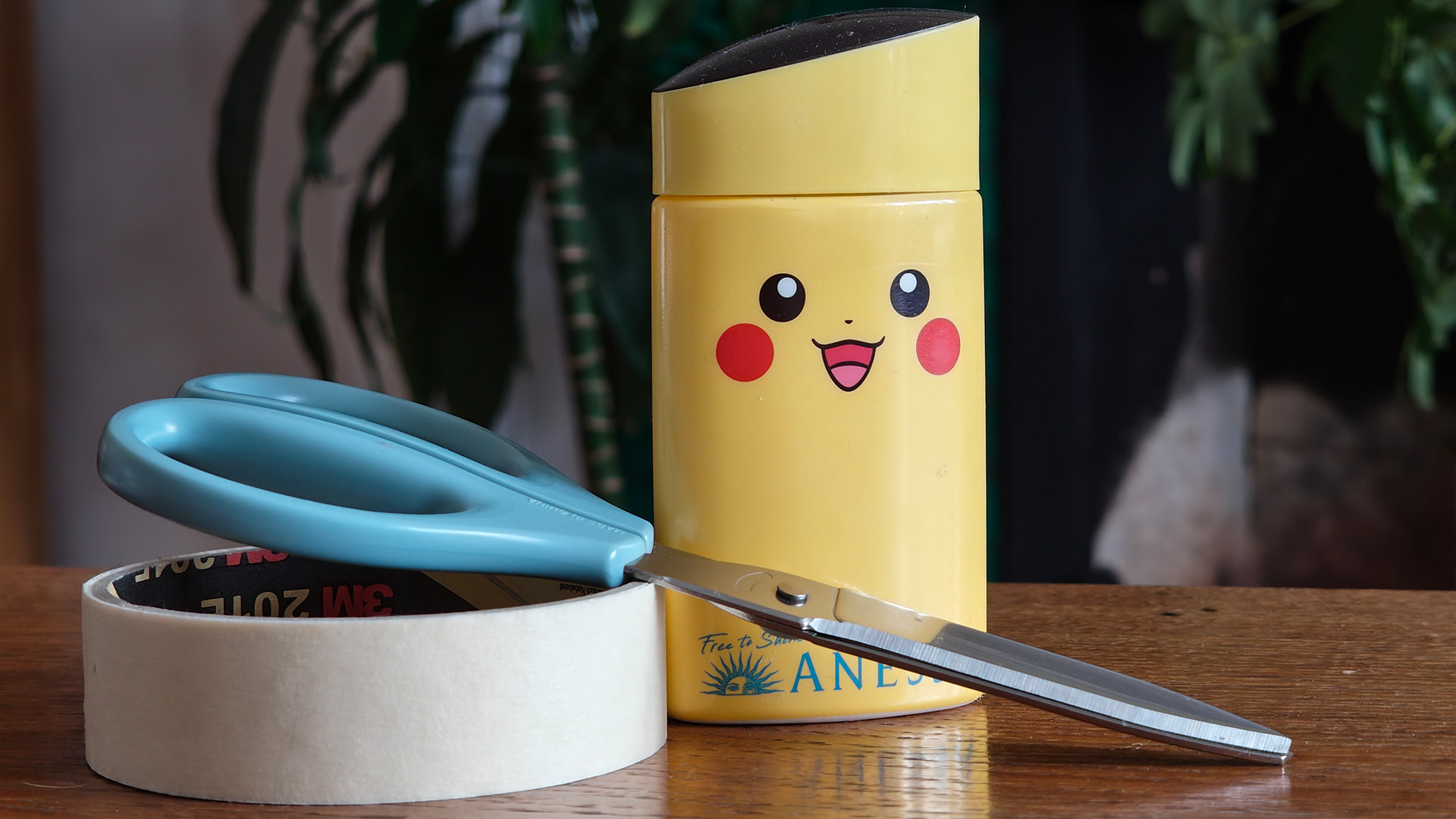
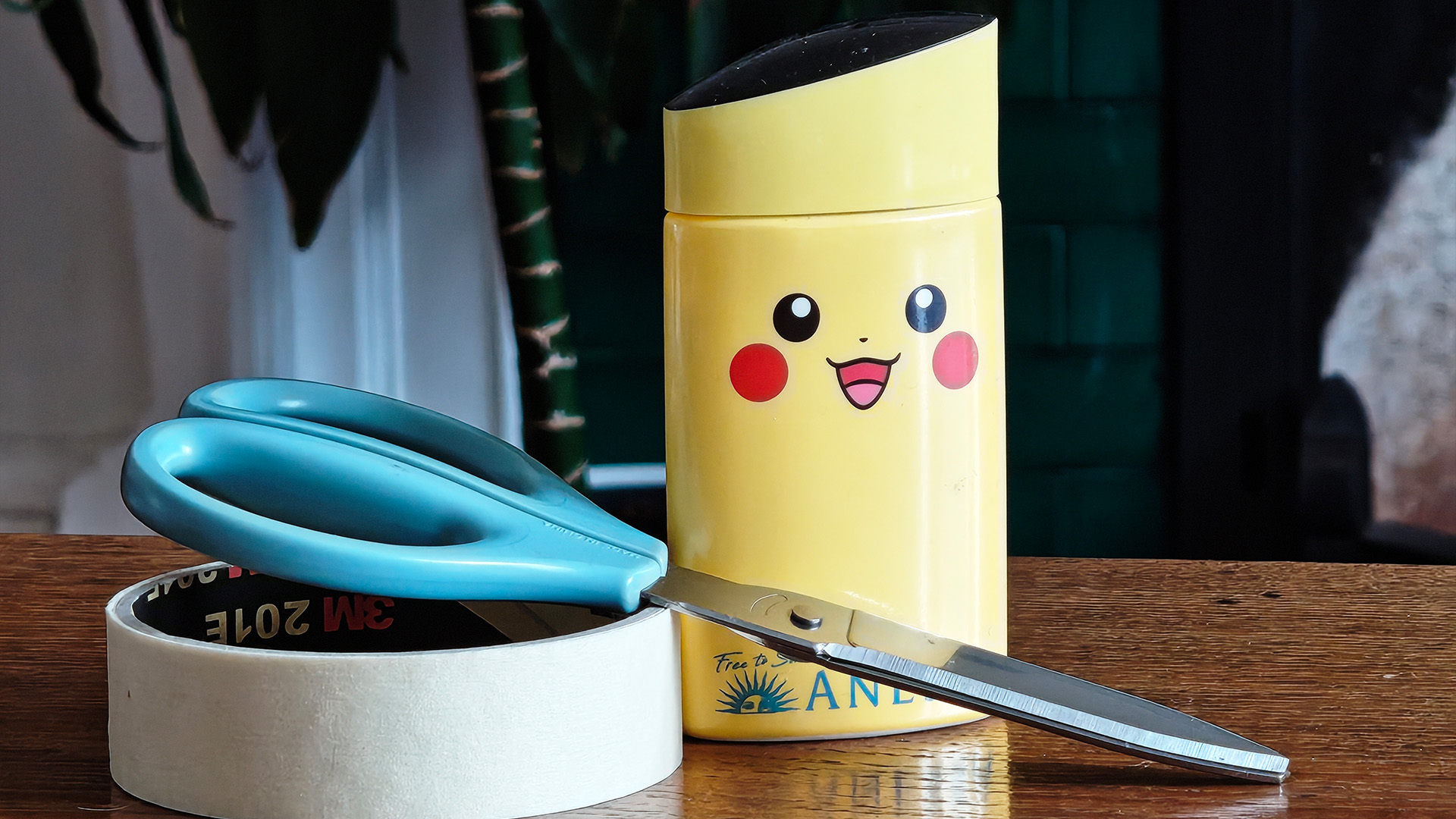
Nothing's cameras here struggle for an identity – and that's in daylight. When you shoot in the dark or late at night, the results get very grainy very quickly, and that doesn't look great compared to the competition.
Finally, I'm a huge believer in the utility of ultrawide lenses, but Nothing's isn't the best. Specifically, I repeatedly found that shooting the same scene on the main lens, then the ultrawide, would leave me with images that had quite different colour balances/temperatures.
Maybe firmware updates will improve this sort of foible, since processing does seem to be a big part of the performance, but it's quite a big mark against the Phone (3) that you can't really say it's leading in any category photographically, compared to the stacked competition.
Nothing Phone (3) review: Verdict
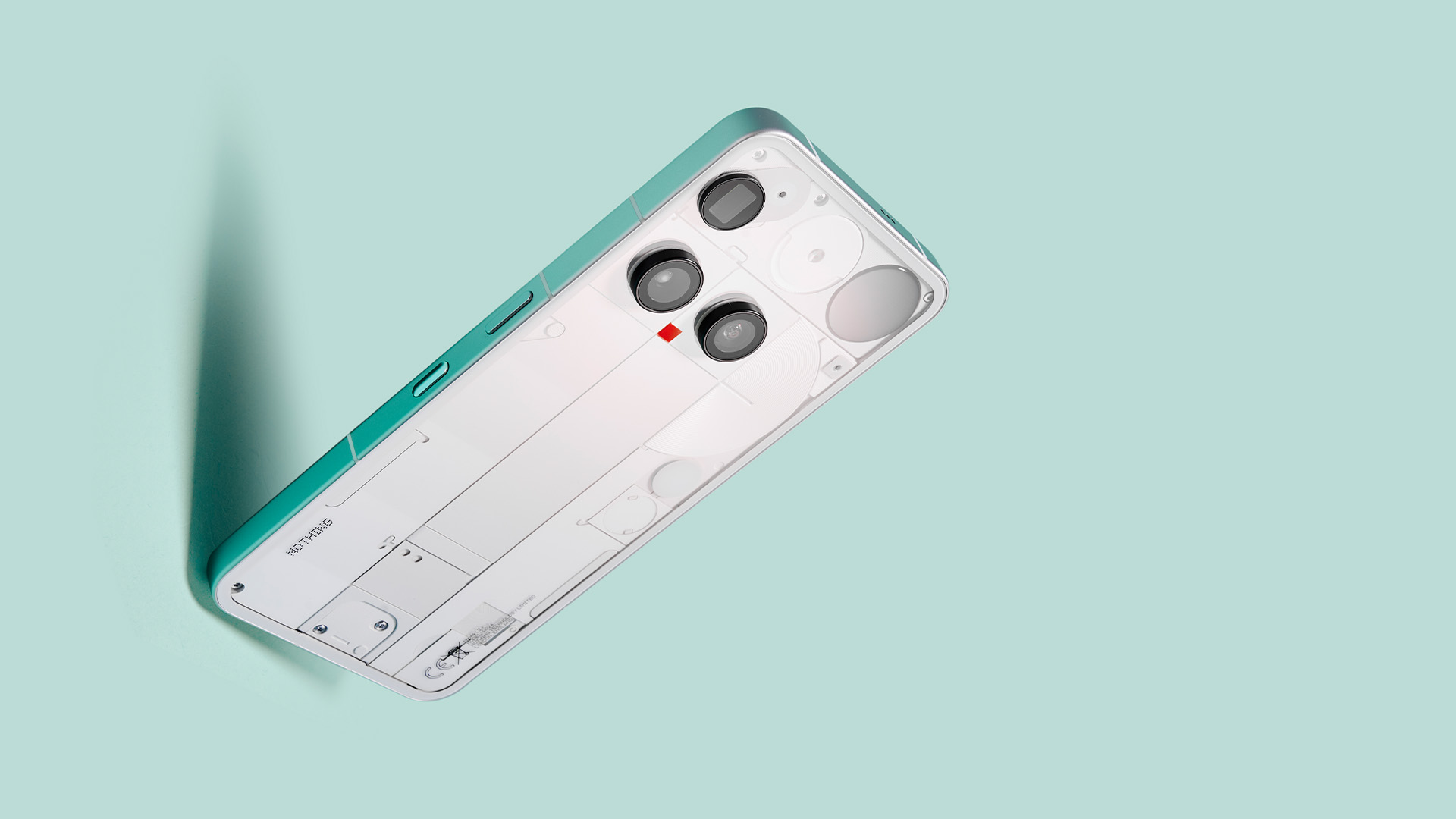
Nothing has given itself a mountain to climb with the price hike attached to the Phone (3), and it's a factor that ultimately feels hugely consequential for the phone. In use, I've found it a really great Android handset, with great battery life, quick and responsive software, and a unique design.
That said, it's also now priced in a way that makes it feel like the design is the only thing making it stand out. The days of a mainline Nothing Phone feeling like a steal might be done – this just feels like a left-field but ultimately mainstream option for those who favour quirky designs and features like the Glyph Matrix. Which, I must admit, are a lot of fun.
The core complaints in practice are that the Phone (3)'s photography is pretty middle-of-the-road, and that its chipset feels like a cut corner (even if its performance actually holds up very nicely in most situations). Still, I suspect that, just like with the Headphone (1), there's a self-selection element with Nothing buyers that means most of those who pick up the Phone (3) are going to be really happy with it. Even I am, most of the time.
Also consider
There are some huge names out there with very obvious alternatives to the Phone (3), so let's cover two of the biggest. For those tempted by Apple's ecosystem, you can get a brand-new iPhone 16 for the same price as the Nothing Phone (3) – its photography is better, for me, but the OS experience is totally different. Wait a couple of months and you'll get the iPhone 17 for a small upgrade and likely the same price.
Those wanting to stick with an Android alternative can't do much better than the Samsung Galaxy S25, which has a way more traditional and mainstream design. Its photography chops hold up beautifully after years of refinement, and if you shop around you might even find a deal that saves you some money – all with a more powerful chip at the centre of it.

Max is T3's Staff Writer for the Tech section – with years of experience reporting on tech and entertainment. He's also a gaming expert, both with the games themselves and in testing accessories and consoles, having previously flexed that expertise at Pocket-lint as a features editor.
You must confirm your public display name before commenting
Please logout and then login again, you will then be prompted to enter your display name.